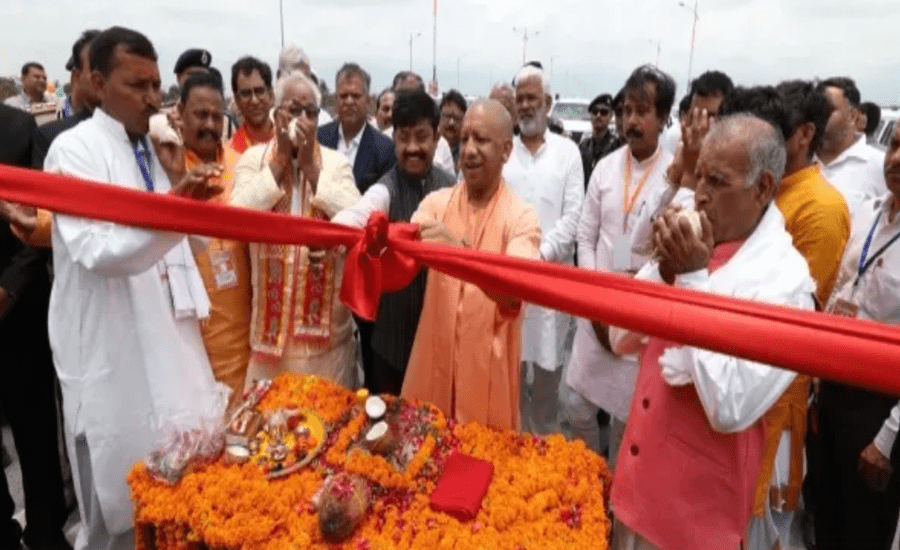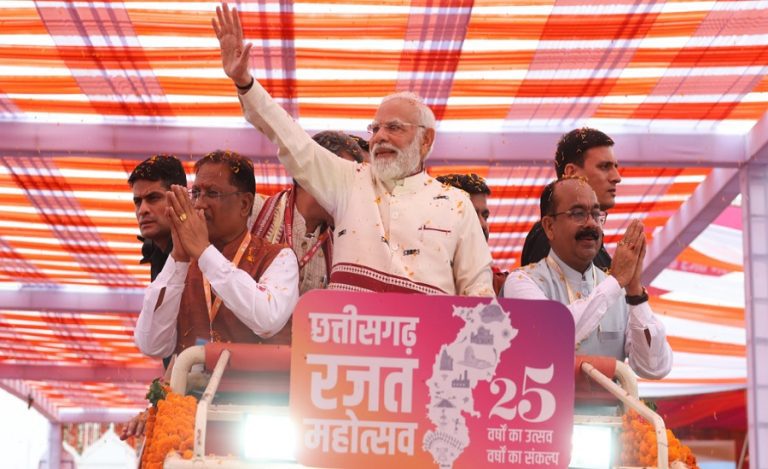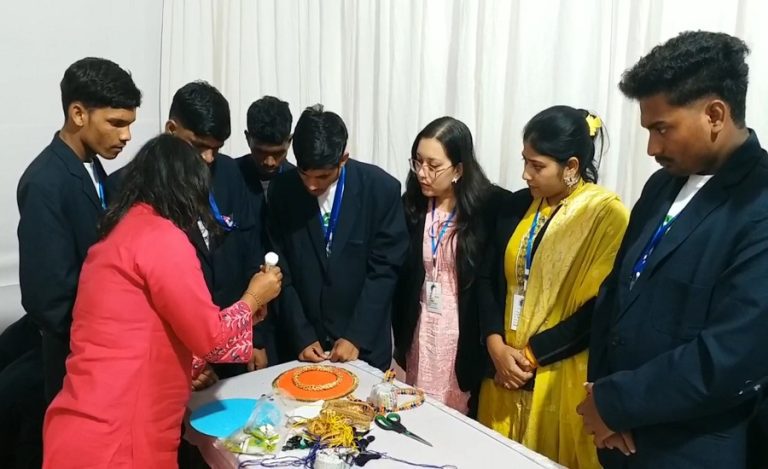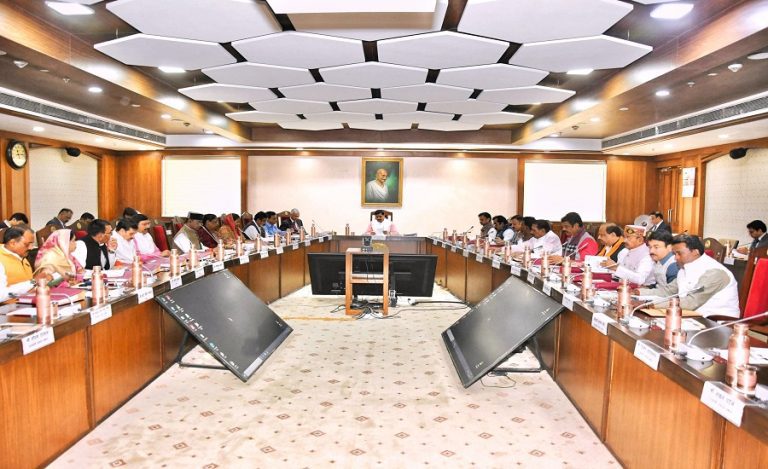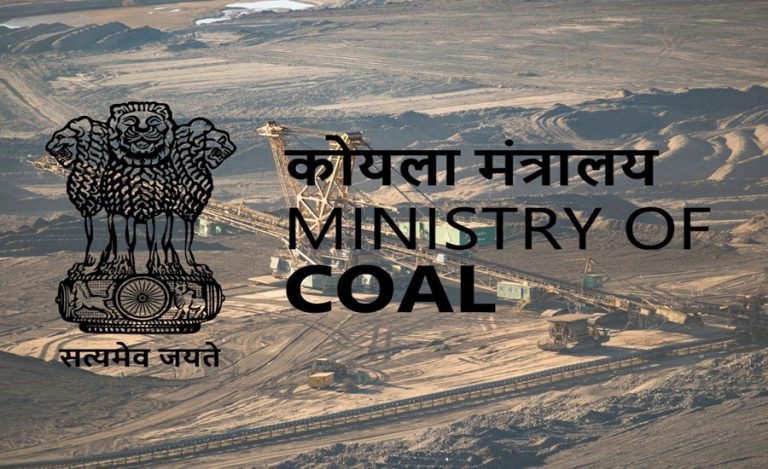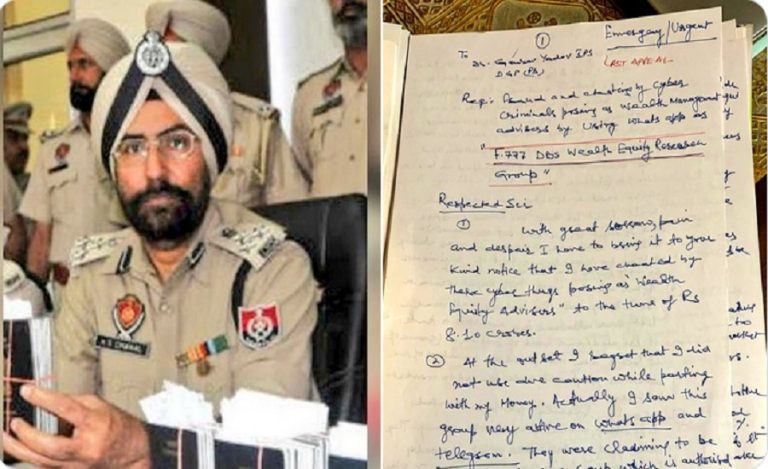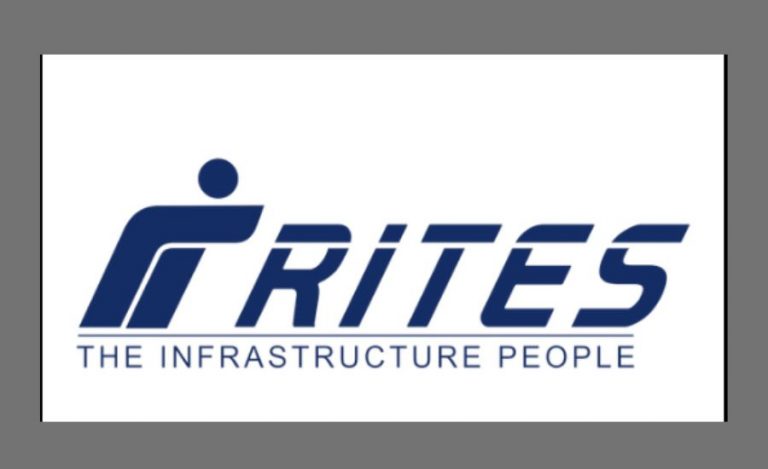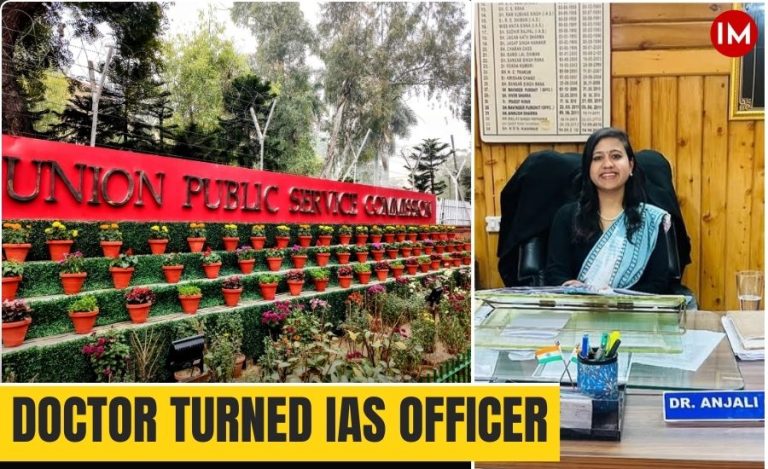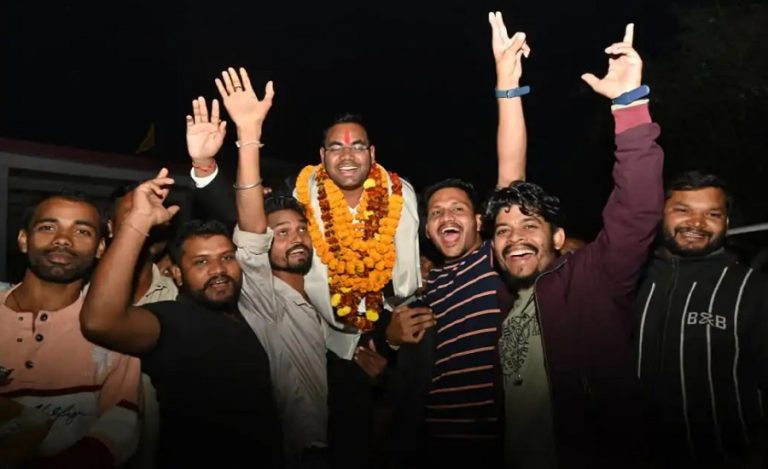Chief Minister Mr. Yogi Adityanath on Friday inaugurated the much-anticipated Gorakhpur Link Expressway in Azamgarh, marking a transformative moment for Uttar Pradesh’s Purvanchal region. The 91-km expressway, built at a cost of Rs. 7,283 crore, is expected to usher in a new phase of connectivity and development. The CM formally inaugurated the project with a ribbon-cutting ceremony held amid Vedic chants and later led a convoy on the new road to Gorakhpur.
Transformation of Azamgarh
In his address, Mr. Adityanath said Azamgarh, once synonymous with terror and identity crises, has now become a beacon of cultural pride and development. “There was a time when the name of Azamgarh instilled fear. But today, it is known for its black pottery, handloom sarees, and the musical heritage of Hariharpur — all gaining global recognition,” he said. He credited the “double-engine government” — referring to the BJP-led governments at both the Centre and the state — for bringing about this transformation.
The Chief Minister took a swipe at previous governments, pointing out that although Azamgarh produced two chief ministers, it was deprived of real development. “Today, universities, medical colleges, and modern road infrastructure are rewriting the future of the region,” he asserted.
Boost to Connectivity and Economy
The Gorakhpur Link Expressway will not only link Azamgarh to Gorakhpur but also extend benefits to nearby districts such as Ambedkar Nagar and Sant Kabir Nagar. According to Mr. Adityanath, the expressway will cut travel time between Patna and Delhi, easing movement and enhancing trade, tourism, and employment opportunities. He announced plans to develop industrial clusters along the expressway to generate local employment and reduce migration.
Drawing a sharp contrast with the past, Mr. Adityanath recalled an incident from 2007 where a student was killed for supporting “Vande Mataram” in Azamgarh, symbolizing the reign of lawlessness under earlier regimes. “Now, the rule of law prevails. Criminals either surrender or face swift justice,” he said, underlining the law-and-order turnaround in the state.
He highlighted major infrastructure developments such as the Purvanchal, Bundelkhand, and Gorakhpur Link expressways, with many more under construction. “Earlier, roads were full of potholes. Today, expressways define the development landscape of UP,” he stated.
Tourism, Culture, and Transparent Governance
Mr. Adityanath also pointed to the state’s cultural resurgence with the ongoing development of Ayodhya’s Ram Temple, Kashi Vishwanath Dham in Varanasi, and the rejuvenation of Mathura-Vrindavan. The expansion of airports — 16 in total, including 4 international airports — is also aimed at attracting tourism and investment.
On governance, the CM highlighted a transparent recruitment process that saw 60,244 police personnel hired, including 12,045 women, breaking the legacy of corruption and nepotism.
Concluding his speech, Mr. Adityanath declared that Uttar Pradesh had shed its BIMARU (Backward, Illiterate, Malnourished, Unemployed) state label. “Today, we are a state of expressways and airports, progressing with the support and trust of our people,” he said, reaffirming the government’s commitment to inclusive and transparent development.

